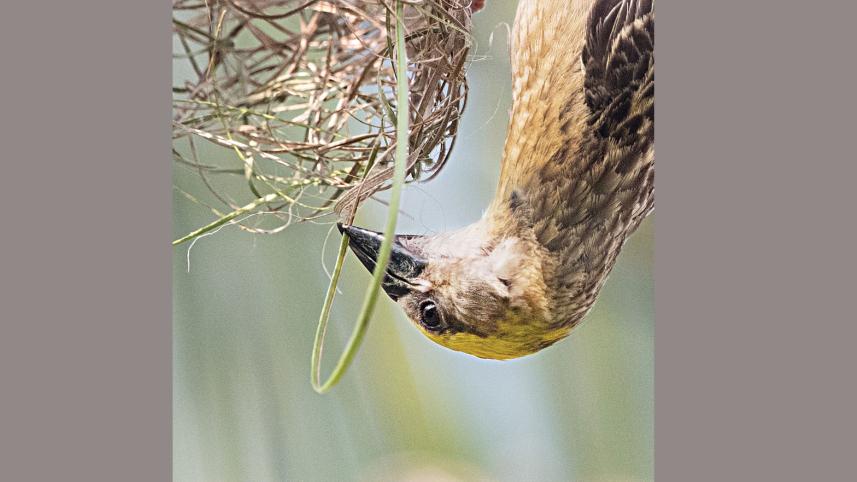Amazing Birds

We connect with birds in many ways. Their flight symbolizes freedom. Their colours and songs nourish our eyes and ears. Their postures, movement and interactions captivate us. They often perform seemingly impossible feats – such as catching an insect in flight - right in front of our eyes.
Behind the scenes, many elements work together to make birds so special and capable.
Birds are made of unique parts, most of them related to flight. Instead of forelegs or arms, they have wings which enable them to fly. Their bones are amazingly light and many are fused together for maximum strength. Their bodies are covered with feathers which assist flight while providing insulation and comfort not just for the bird but for chicks it incubates in its nest.
While each and every part of a bird's body is finely honed for its survival, not all birds use the same body parts in the same way. Here are some examples.
Wings: They empower flight, but do we know in how many different ways? At one extreme, wings of tiny hummingbirds beat up to 70 times per second for fast flight and hovering. At the other extreme, the albatross can stay aloft for a long time while scarcely beating its wings. Its giant wingspan - up to 11 feet across - help it soar and glide.
Senses: Birds of prey rely on their keen eyesight to hunt. Sitting high up, the Crested Serpent Eagle can see a snake or a frog a mile away. The kingfisher's eyes have built-in correction for refraction to help it spear a fish swimming underwater. Owls, possessing the best ears among birds, can hunt in total darkness using their sensitive and directional hearing.
Bill: Snipes use their long bill to dig into the ground and extract worms. Bee-eaters use their curved bills like airborne tweezers to snatch bees in flight. Puffins have scales inside their beaks so they can catch and hold several fish simultaneously. Darters use their sharp bill to spear fish underwater. Weaver birds, such as Babui (Baya Weaver), use their bills like sewing needles to weave their nests.
Tongue: The woodpecker's exceptionally long and thin tongue probes tree cavities and traps worms and larvae on its sticky surface. When retracted, it rolls in inside the bird's head. Geese have tongues with serrated edges, used for cutting grass for eating.
Feet: A falcon uses its feet to strike the neck of another bird in flight and kill it. With these same feet it catches the carcass as it falls. A woodpecker can climb vertically along a tree trunk because of its specially designed feet, three toes forward, one back. A duck's webbed feet allow it to swim effortlessly. When a fish is caught by the talons of an osprey, a Velcro-like covering on the bottom of the bird's feet prevents the fish from slipping out.
So birds possess many unexpected tools. Is it any wonder that they continue to amaze and delight us?
facebook.com/ikabirphotographs or follow ihtishamkabir on Instagram.



 For all latest news, follow The Daily Star's Google News channel.
For all latest news, follow The Daily Star's Google News channel.
Comments